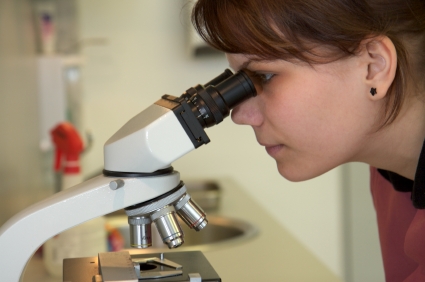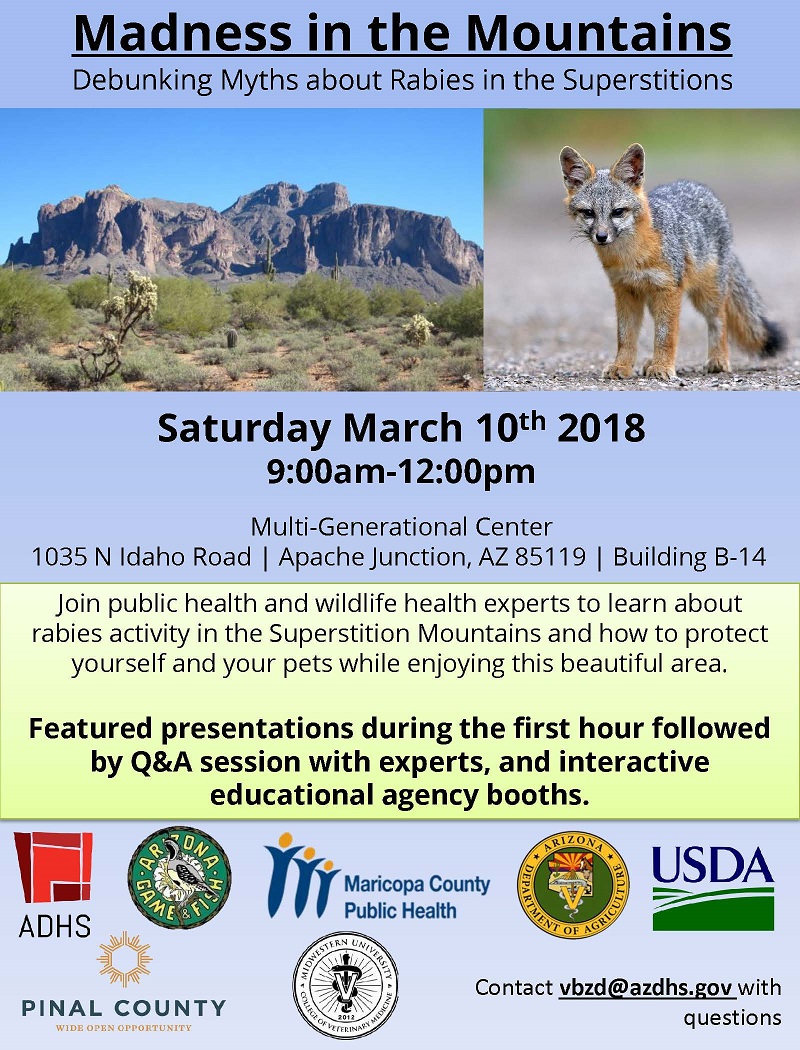 Public health is always hard at work identifying and solving outbreaks. In the case of foodborne diseases, public health epidemiologists, nurses, and lab scientists are teaming up at local, state and federal levels to find out what food made people sick.
Public health is always hard at work identifying and solving outbreaks. In the case of foodborne diseases, public health epidemiologists, nurses, and lab scientists are teaming up at local, state and federal levels to find out what food made people sick.
When two or more people with the same foodborne disease get sick from the same source, we have an outbreak. One of the first steps to solving an outbreak is figuring out which disease made people sick. Most diseases spread by food cause diarrhea, abdominal cramping, and vomiting. But a lot of different diseases can cause these symptoms, such as Salmonella, norovirus, Campylobacter , and some strains of E. coli, just to name a few. It’s hard to know for sure what the disease was based on symptoms alone. The best way to find out which disease made people sick is through laboratory testing.
Public health has a network of communication with doctors and laboratories that allows us to receive confidential reports of people who are sick with certain diseases. We keep close tabs on disease reports to determine if there are changes in the number of illnesses, the locations where people are sick, or the groups of people that are being affected by the disease. Tracking this information can help us to identify outbreaks. Laboratory-based reporting is only one of the ways we find out about outbreaks. We also get outbreak reports from schools and child care facilities, long-term care and other healthcare facilities, and from the general public. Think you got sick from food? Let us know.
Sometimes it’s hard to know what people with the same illness might have in common. Our public health epidemiologists are trained as disease detectives. They gather information about exposures from people who were sick. A skilled interviewer attempts to contact each sick person that is identified through laboratory-based reporting. During the interview, the sick person is asked details about eating habits, travel, restaurants, outdoor activities, contact with animals, and in-depth information about a list of specific food items.
We can’t tell for sure what made people sick by talking to just one person. But we can combine information from people in the outbreak to see what they have in common and then determine if a certain food item was eaten by more people in the outbreak than in the general public. That was the case when we teamed up to find food culprits such as contaminated cucumbers, sushi, and tainted flour. If we find a common source, we work together with other agencies to remove that source from store shelves in order to prevent others from getting sick.
Many times, we are not able to solve the outbreak. But the information we gather during an outbreak investigation can help give us a head start on solving future foodborne disease outbreaks. So the next time you hear about a foodborne disease outbreak, think about all the work public health staff do to investigate diseases, identify their sources, and issue recommendations to keep more people from getting sick.











